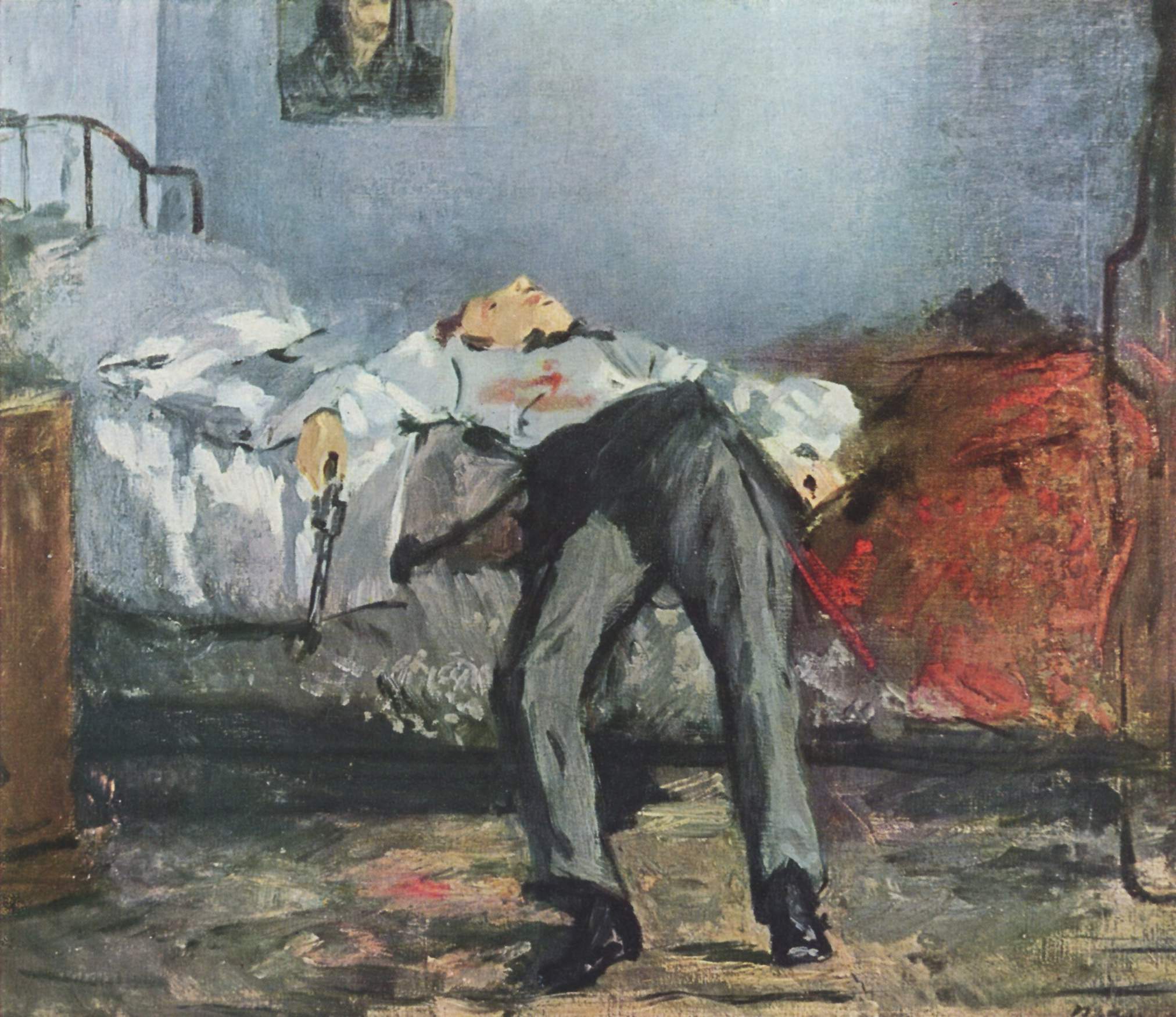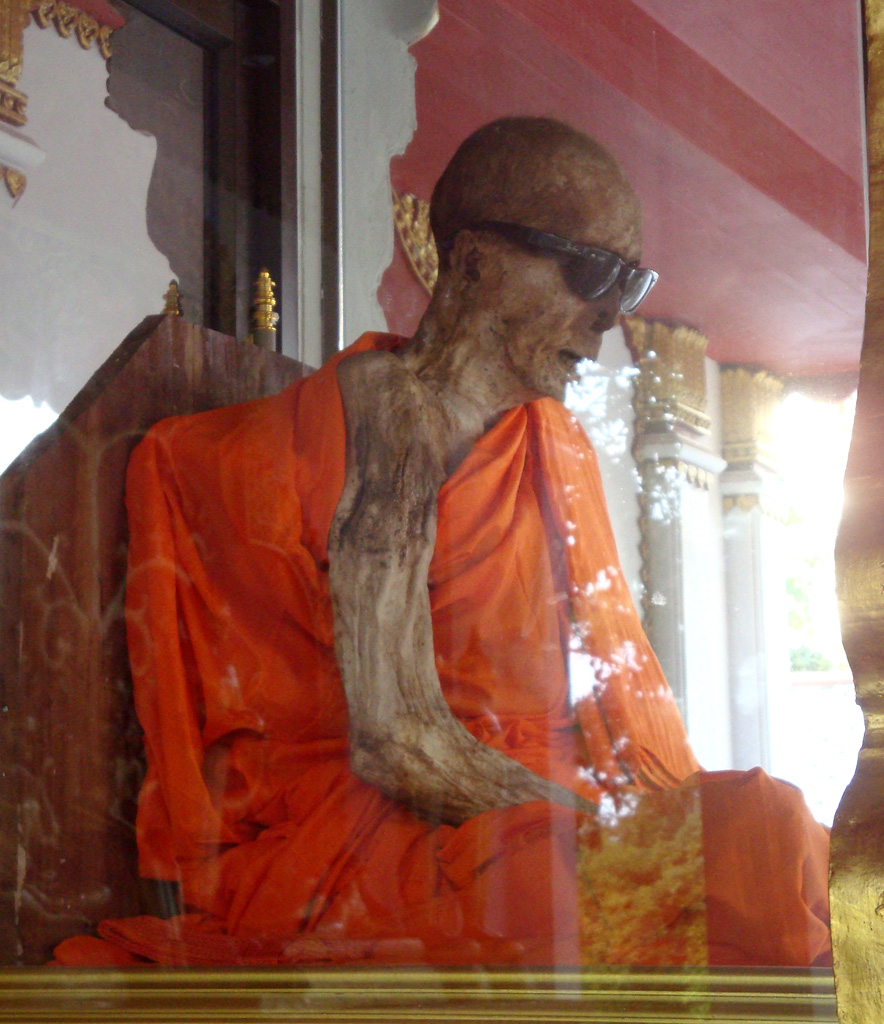|
Prayopavesa
Prayopavesa ( sa, प्रायोपवेशनम्, IAST prāyopaveśanam, literally ''resolving to die through fasting'') is a practice in Hinduism that denotes the death by fasting of a person who has no desire or ambition left, and no responsibilities remaining in life. It is also allowed in cases of terminal disease or great disability. A similar practice exists in Jainism, termed Santhara. In Tamil culture, it is called Vatakkiruttal. Conditions and rules Committing Prayopavesa is bound by very strict regulations. Only a person who has no desire or ambition left, and no responsibilities remaining in life, is entitled to perform it. The decision to do so must be publicly declared well in advance. Ancient lawmakers stipulated the conditions that allow Prayopavesa; they are one's inability to perform normal bodily purification, death appears imminent or the condition is so bad that life's pleasures are nil, and the action is done under community regulation. Examples It ... [...More Info...] [...Related Items...] OR: [Wikipedia] [Google] [Baidu] |
Religion And Suicide
There are a variety of religious views on suicide. Ancient Pagan religions In general, the pagan world, both Roman and Greek, had a relaxed attitude towards suicide. Dharmic religions Buddhism In Buddhism, an individual's past acts are recognized to heavily influence what they experience in the present; present acts, in turn, become the background influence for future experiences (the doctrine of karma). Intentional actions by ''mind, body or speech'' have a reaction. This reaction, or repercussion, is the cause of conditions and differences one encounters in life. Buddhism teaches that all people experience substantial suffering ('' dukkha''), in which suffering primarily originates from past negative deeds (karma), or may result as a natural process of the cycle of birth and death ('' samsara''). Other reasons for the prevalence of suffering concern the concepts of impermanence and illusion (''maya''). Since everything is in a constant state of impermanence or flux, ind ... [...More Info...] [...Related Items...] OR: [Wikipedia] [Google] [Baidu] |
Right To Die
The right to die is a concept based on the opinion that human beings are entitled to end their life or undergo voluntary euthanasia. Possession of this right is often understood that a person with a terminal illness, incurable pain, or without the will to continue living, should be allowed to end their own life, use assisted suicide, or to decline life-prolonging treatment. The question of who, if anyone, may be empowered to make this decision is often subject of debate. Religious views on suicide vary from the Hindu and Jain practices of non-violent suicide through fasting (Prayopavesa and ''Santhara'', respectively) to considering it a grave sin, as in Catholicism. Ethics The preservation and value of life have led to many medical advancements when it comes to treating patients. New devices and the development of palliative care have allowed humans to live longer than before. Prior to these medical advancements and care, the lifespans of those who were unconscious, minimally ... [...More Info...] [...Related Items...] OR: [Wikipedia] [Google] [Baidu] |
Suicides By Starvation
Suicide is the act of intentionally causing one's own death. Mental disorders (including depression, bipolar disorder, schizophrenia, personality disorders, anxiety disorders), physical disorders (such as chronic fatigue syndrome), and substance abuse (including alcoholism and the use of and withdrawal from benzodiazepines) are risk factors. Some suicides are impulsive acts due to stress (such as from financial or academic difficulties), relationship problems (such as breakups or divorces), or harassment and bullying. Those who have previously attempted suicide are at a higher risk for future attempts. Effective suicide prevention efforts include limiting access to methods of suicide such as firearms, drugs, and poisons; treating mental disorders and substance abuse; careful media reporting about suicide; and improving economic conditions. Although crisis hotlines are common resources, their effectiveness has not been well studied. The most commonly adopted method ... [...More Info...] [...Related Items...] OR: [Wikipedia] [Google] [Baidu] |
Suicide Methods
A suicide method is any means by which a person chooses to end their life. Suicide attempts do not always result in death, and a nonfatal suicide attempt can leave the person with serious physical injuries, long-term health problems, and brain damage. Worldwide, three suicide methods predominate with the pattern varying in different countries. These are hanging, poisoning by pesticides, and firearms. Some suicides are impulse decisions that may be preventable by removing the means. Making common suicide methods less accessible leads to an overall reduction in the number of suicides. Some ways to do this include restricting access to pesticides, firearms, and known-used drugs. Other important measures are the introduction of policies that address the misuse of alcohol and the treatment of mental disorders. Gun-control measures in a number of countries have seen a reduction in suicides and other gun-related deaths. Purpose of study The study of suicide methods aims to ... [...More Info...] [...Related Items...] OR: [Wikipedia] [Google] [Baidu] |
Santhara
''Sallekhana'' (IAST: ), also known as ''samlehna'', ''santhara'', ''samadhi-marana'' or ''sanyasana-marana'', is a supplementary vow to the ethical code of conduct of Jainism. It is the religious practice of voluntarily fasting to death by gradually reducing the intake of food and liquids. It is viewed in Jainism as the thinning of human passions and the body, and another means of destroying rebirth-influencing karma by withdrawing all physical and mental activities. It is not considered as a suicide by Jain scholars because it is not an act of passion, nor does it employ poisons or weapons. After the ''sallekhana'' vow, the ritual preparation and practice can extend into years. ''Sallekhana'' is a vow available to both Jain ascetics and householders. Historic evidence such as ''nishidhi'' engravings suggest ''sallekhana'' was observed by both men and women, including queens, in Jain history. However, in the modern era, death through ''sallekhana'' has been a relatively un ... [...More Info...] [...Related Items...] OR: [Wikipedia] [Google] [Baidu] |
Bhagavata Purana
The ''Bhagavata Purana'' ( sa, भागवतपुराण; ), also known as the ''Srimad Bhagavatam'', ''Srimad Bhagavata Mahapurana'' or simply ''Bhagavata'', is one of Hinduism's eighteen great Puranas (''Mahapuranas''). Composed in Sanskrit by Veda Vyasa, it promotes ''bhakti'' (devotion) towards Krishna, integrating themes from the Advaita (monism) philosophy of Adi Shankara, the Vishishtadvaita (qualified monism) of Ramanujacharya and the Dvaita (dualism) of Madhvacharya. It is widely available in almost all Indian languages. The ''Bhagavata Purana'', like other puranas, discusses a wide range of topics including cosmology, astronomy, genealogy, geography, legend, music, dance, yoga and culture. As it begins, the forces of evil have won a war between the benevolent ''Deva (Hinduism), devas'' (deities) and evil ''asuras'' (demons) and now rule the universe. Truth re-emerges as Krishna, (called "Hari#Usage in Indian religion and mythology, Hari" and "Vāsudeva" in the ... [...More Info...] [...Related Items...] OR: [Wikipedia] [Google] [Baidu] |
Sallekhana
''Sallekhana'' (IAST: ), also known as ''samlehna'', ''santhara'', ''samadhi-marana'' or ''sanyasana-marana'', is a supplementary vow to the ethical code of conduct of Jainism. It is the religious practice of voluntarily fasting to death by gradually reducing the intake of food and liquids. It is viewed in Jainism as the thinning of human passions and the body, and another means of destroying rebirth-influencing karma by withdrawing all physical and mental activities. It is not considered as a suicide by Jain scholars because it is not an act of passion, nor does it employ poisons or weapons. After the ''sallekhana'' vow, the ritual preparation and practice can extend into years. ''Sallekhana'' is a vow available to both Jain ascetics and householders. Historic evidence such as ''nishidhi'' engravings suggest ''sallekhana'' was observed by both men and women, including queens, in Jain history. However, in the modern era, death through ''sallekhana'' has been a relatively un ... [...More Info...] [...Related Items...] OR: [Wikipedia] [Google] [Baidu] |
Sokushinbutsu
are a kind of Buddhist mummy. In Japan the term refers to the practice of Buddhist monks observing asceticism to the point of death and entering mummification while alive. Mummified monks are seen in a number of Buddhist countries. Only in Japan are they believed to have induced their own death by starvation. Especially in South-Asian countries the monks die through natural causes after which their bodies are mummified. There is a common suggestion that Shingon school founder Kukai brought this practice from Tang China as part of secret tantric practices he learned. During the 20th century, Japanese scholars found very little evidence of self-starvation of Sokushinbutsu. They rather concluded that mummification took place after the demise of the monk practising this kind of asceticism. Origin There is at least one "self-mummified" 550-year-old corpse in existence: that of a Buddhist monk named Sangha Tenzin in a northern Himalayan region of India, visible in a temple in ... [...More Info...] [...Related Items...] OR: [Wikipedia] [Google] [Baidu] |
University Of Cologne
The University of Cologne (german: Universität zu Köln) is a university in Cologne, Germany. It was established in the year 1388 and is one of the most prestigious and research intensive universities in Germany. It was the sixth university to be established in Central Europe. It closed in 1798 before being re-established in 1919. It is now one of the largest universities in Germany with more than 48,000 students. The University of Cologne was a university of excellence as part of the German Universities Excellence Initiative from 2012 to 2019. As of 2021, 3 Nobel Prize winners have been affiliated with the university. Professors and former students have won 11 Leibniz Prizes, the most prestigious as well as the best-funded prize in Europe. History 1388–1798 The university of Cologne was established in 1388 as the fourth university in the Holy Roman Empire, after the Charles University of Prague (1348), the University of Vienna (1365) and the Ruprecht Karl University of H ... [...More Info...] [...Related Items...] OR: [Wikipedia] [Google] [Baidu] |
Vrata
Vrata is a Sanskrit word that means "vow, resolve, devotion", and refers to pious observances such as fasting and pilgrimage ( Tirtha) found in Indian religions such as Jainism and Hinduism. It is typically accompanied with prayers seeking health and happiness for their loved ones. Etymology Vrata (Sanskrit: व्रत) means "vow, resolve, devotion",Monier Monier-Williams (1899), Sanskrit-English Dictionary, Oxford University Press, page 1042, Article on ''Vrata'' and refers to the practice of austerity, particularly in matters related to foods and drinks by people in Hindu and Jaina culture, as part of a pious observance or prayers seeking health, fertility, long life or happiness for her loved ones. Derived from the root ''‘vr’'' ("will, rule, restrain, conduct, choose, select"), the word is found over 200 times in the Rigveda. It is also found in other Vedic literature including the Upanishads, but the context suggests that the meaning of the word in the Vedic era wa ... [...More Info...] [...Related Items...] OR: [Wikipedia] [Google] [Baidu] |
Hindu Practices
Hindus (; ) are people who religiously adhere to Hinduism.Jeffery D. Long (2007), A Vision for Hinduism, IB Tauris, , pages 35–37 Historically, the term has also been used as a geographical, cultural, and later religious identifier for people living in the Indian subcontinent. The term ''"Hindu"'' traces back to Old Persian which derived these names from the Sanskrit name ''Sindhu'' (सिन्धु ), referring to the river Indus. The Greek cognates of the same terms are "''Indus''" (for the river) and "''India''" (for the land of the river). The term "''Hindu''" also implied a geographic, ethnic or cultural identifier for people living in the Indian subcontinent around or beyond the Sindhu (Indus) River. By the 16th century CE, the term began to refer to residents of the subcontinent who were not Turkic or Muslims. Hindoo is an archaic spelling variant, whose use today is considered derogatory. The historical development of Hindu self-identity within the local In ... [...More Info...] [...Related Items...] OR: [Wikipedia] [Google] [Baidu] |
The Straits Times
''The Straits Times'' is an English-language daily broadsheet newspaper based in Singapore and currently owned by SPH Media Trust (previously Singapore Press Holdings). ''The Sunday Times'' is its Sunday edition. The newspaper was established on 15 July 1845 as ''The Straits Times and Singapore Journal of Commerce''. ''The Straits Times'' is considered a newspaper of record for Singapore. The print and digital editions of ''The Straits Times'' and ''The Sunday Times'' have a daily average circulation of 364,134 and 364,849 respectively in 2017, as audited by Audit Bureau of Circulations Singapore. Myanmar and Brunei editions are published, with newsprint circulations of 5,000 and 2,500 respectively. History The original conception for ''The Straits Times'' has been debated by historians of Singapore. Prior to 1845, the only English-language newspaper in Singapore was ''The'' ''Singapore Free Press'', founded by William Napier in 1835. Marterus Thaddeus Apcar, an Armenian mer ... [...More Info...] [...Related Items...] OR: [Wikipedia] [Google] [Baidu] |

.jpg)





.jpg)
